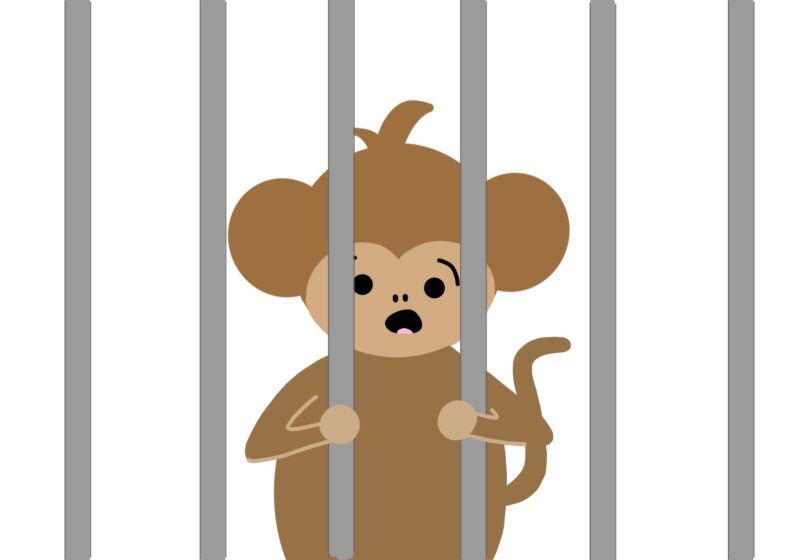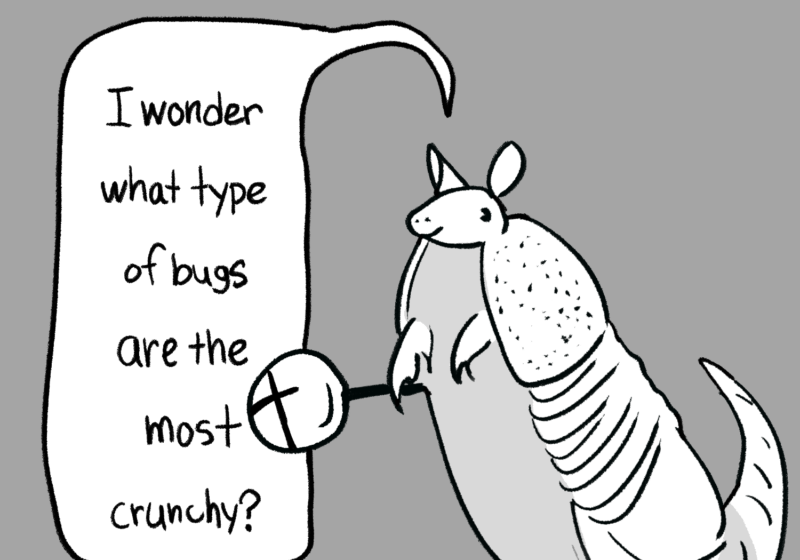When the third month strikes each year, sports fans rush to fill out their brackets. According to the NCAA, 60 to 100 million brackets are filled out each year. The American Gaming Association reported in 2017 that presidential candidates have never received as many votes as the amount of brackets filled out by basketball fans. We know, March is mad.
In a room of Campus Times editors, I asked out of those who filled out brackets for the 2018 tournament if they had placed their bets on the women’s teams. As they answered my question, I let out a satisfying shout. Don’t get me wrong, I was far from elated, but their answer did not surprise me.
My point was proven. Most people don’t touch the women’s bracket. While for some this is due to a lack of interest in the dominance of the UConn Huskies, which we’ll get back to, there are some surprising factors that make it rather difficult for basketball fans to even engage in the the women’s tournament. Cheryl Cooky, an associate professor at Purdue, accredits the lack of motivation to fill out a women’s bracket to a lack of available information. Some websites and apps don’t even provide their users with a women’s bracket.
“Sport media helps us get information, statistics and predictions; there are apps on your smartphone you can use that will predict who is going to win over whom,” Cooky said. “There’s so much of that on the side of men’s, and the women’s is a struggle to find any information.”
Now back to UConn. The Huskies are responsible for the longest winning streak in college basketball history. Instead of their dominance amassing a legion of impressed sports fans, their 111 straight wins and impressive recruiting classes have made your average bracket builder a bit Huskied-out. Many have even argued that such a high level of dominance ruins women’s college basketball. Some members of the sports media have even said their play is “killing the women’s game.”
In a recent column in Forbes, David Berri argued that a program’s dominance doesn’t yield to institutional problems. Berri mentions that we neglect to apply this skepticism of dominance to the rest of sports history. Did John Wooden’s UCLA and Nick Saban’s Alabama Crimson Tide decimate college basketball and football?
In professional leagues even, is there much discussion of how the recent dominance of the Golden State Warriors ruins the NBA? I don’t think so. In an interview with Lindsay Gibbs of Think Progress, Elizabeth Williams, star center of the Atlanta Dream, stated a clear disconnect between “criticism and reality.” She calls the media’s treatment of Golden State the result of a double standard.
When we discuss what the issues are in women’s college basketball, some might say it comes down to a lack of Cinderella stories and high-profile upsets. As of now, all of the women’s top seeds have made it to the Elite Eight. So why is that?
According to Benjamin Morris of FiveThirtyEight, a logical explanation comes down to the fact that the best women’s talent is on the court for four years. He asserts that the NBA’s draft rules, which annually ship the top men’s talent to the pros, contribute to the unpredictability of the tournament. On the women’s side, however, the WNBA’s policy states that to enter the draft, players must reach the age of 22, and must have a degree from a four-year educational institution.
Marc Edelman and C. Keith Harrison of Northwestern University’s Pritzker School of Law examined the ethical, legal, and cultural implications of the this rule. Through their examination of the policy, they found that the rule reflects the WNBA’s culture and the standards it prefers to uphold: “The WNBA presently has a policy that shapes the culture of their professional athletes as college graduates and mentors to youth that worship them.”
But in 2018, leading up to the Elite Eight, this women’s tournament had a handful of Cinderella stories. Oregon State upset third-seed Tennessee, Buffalo shocked FSU, and Mizzou suffered a loss at the hand of 12-seeded Florida Gulf Coast. While UConn Head Coach Geno Auriemma wasn’t surprised by these upsets, what really is the central issue impeding women’s college basketball?
It starts and ends with coverage, and it doesn’t matter the division or conference. The Boston Globe wrote about Amherst College’s Division III dominance for the first time last week. And why in the world did it take around four years to show our community who our Women’s Basketball team is?
The type of coverage that the Huskies receive might even play a role in how they are discussed among sports media pundits. Between the New York Post’s column “Geno Auriemma is a Bad Winner and a Bully” and ESPNW’s feature, which includes a text from former Husky Rebecca Lobo comparing Coach Auriemma to J.K. Simmons’ character in “Whiplash,” it’s difficult for even fans of UConn to view them favorably these days.
The men’s tournament is riding on a fascinating narrative about Sister Jean, the Loyola-Chicago team chaplain. My question is, where is the innovative angles and intriguing storytelling from the women’s side? If you think about it, March is really meant for women’s stories.
While many sports fans associate the third month with the most unpredictable and entertaining men’s basketball games of the year, many forget what March is also dedicated to. In 1987, Congress designated March as National Women’s History Month, which also coincides with International Women’s Day on March 8.
There is an opportunity here for journalists and editors. Tell their stories. And don’t worry, March will still be mad.
“Everybody Talks” is a radio show on WRUR’s the Sting that highlights women’s involvement in sports and the social issues that surround athletics. You can listen to it every Friday from 1–2 p.m. on thesting.wrur.org.




